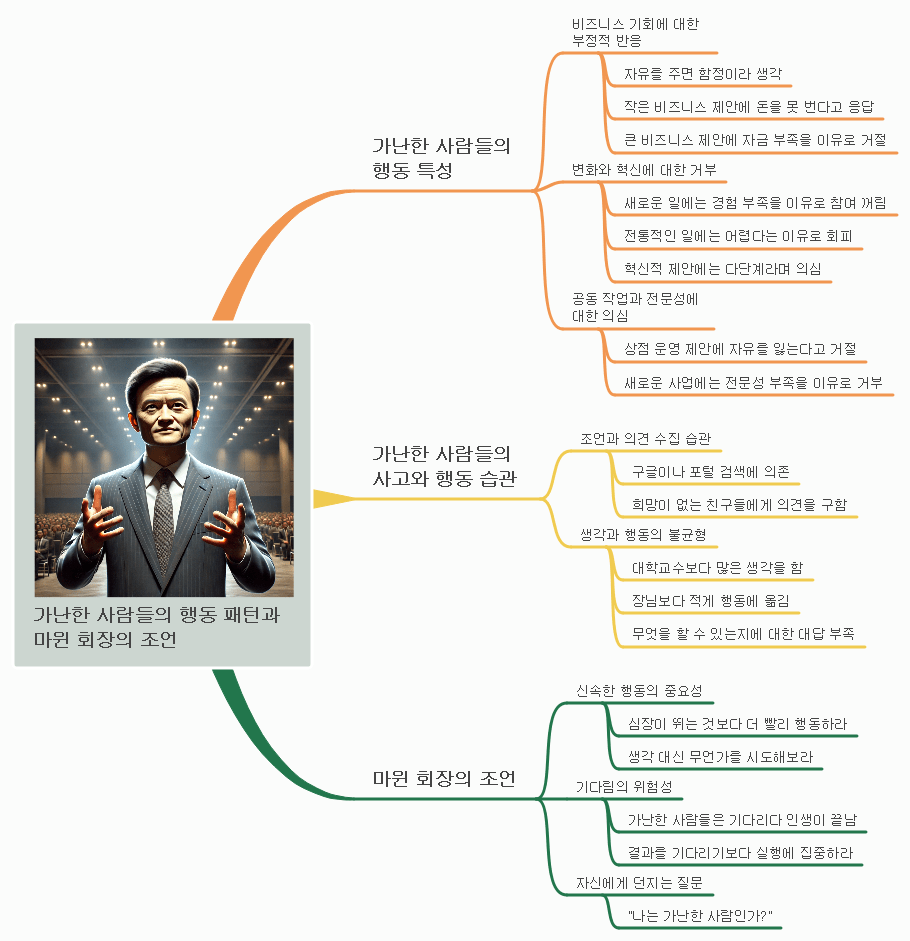🎯 What is True Learning?
Learning is not just about acquiring information. True learning is an active process, where the primary agent is the learner. Moreover, learning is not just an individual experience but inherently involves communication between people.
Particularly, a combination of images and language serves as the most effective means of communication.
📚 Learning Through Reading and Discussion
Reading is more than just recognizing words; it involves active engagement similar to auditory learning and requires effort.
- Reading is like listening to a lecture
→ It follows the same process of comprehension and internalization.
- Learning through discussions
→ Engaging in formal discussions helps clarify concepts and enhance critical thinking.
📌 Purpose of Reading
Reading is not merely about recognizing letters; it serves specific purposes.
✅ Gaining Information
- Acquiring factual knowledge
- Understanding historical narratives (events from the past and present)
✅ Reading for Understanding
- Beyond absorbing facts, this approach enhances conceptual clarity and critical thinking.
Learning is a challenging process. The more difficult the learning process, the more beneficial the outcome.
🔍 What is Reading for Understanding?
The goal of reading for understanding is to deepen conceptual comprehension and expand intellectual capacity. However, very few people practice this effectively.
📌 Why is it difficult?
- Schools do not teach it properly.
- Instead of fostering lifelong learning, most education systems focus on exams and graduation.
- This method should be taught at the university level to ensure intellectual growth.
📖 The Process of Understanding a Book
If you instantly understand everything in a book, it does not contribute to real learning. The process of comprehension typically falls into two categories:
1️⃣ Not understanding at all
→ In this case, learning is impossible.
2️⃣ Partially understanding the content
→ When this happens, you have three options.
🏆 What to Do When You Only Partially Understand?
✅ 1. Giving up
- When unwilling to put in the effort
- When lacking knowledge of effective learning methods
✅ 2. Asking for an explanation
- If you understand after hearing the explanation → You could have figured it out yourself!
- If the explanation is perfect → You lose the chance to develop your own understanding.
✅ 3. Elevating yourself intellectually (the ideal approach)
- This is the essence of reading for understanding.
- Initially, you may grasp only a little, but over time, your comprehension deepens.
- Like climbing a learning rope, you must move step by step, gradually increasing your understanding.
🧐 The Art of Active Reading
Reading is like throwing and catching a ball. Just as catching a ball requires as much skill as throwing it, reading demands active engagement.
📌 The key to active reading is asking questions
While reading, you should constantly challenge the text with the following three questions:
1️⃣ What is the book’s main theme?
2️⃣ What does the book say?
3️⃣ Is it true?
By engaging with these questions, you turn reading into an interactive learning process.
📝 The True Sign of Understanding – Feeling Exhausted After Reading
Real reading requires effort and energy. If you do not feel mentally tired after reading, it likely means you have not engaged with the text actively.
✍️ The Importance of Annotation
Active reading is not just about absorbing content—it requires marking and noting key ideas for deeper comprehension.
📌 Ways to annotate
- Writing summaries in a notebook
- Taking notes while reading
- Highlighting or underlining key points
- Writing comments in the book’s margins
These techniques help reinforce what you learn and enhance retention.
